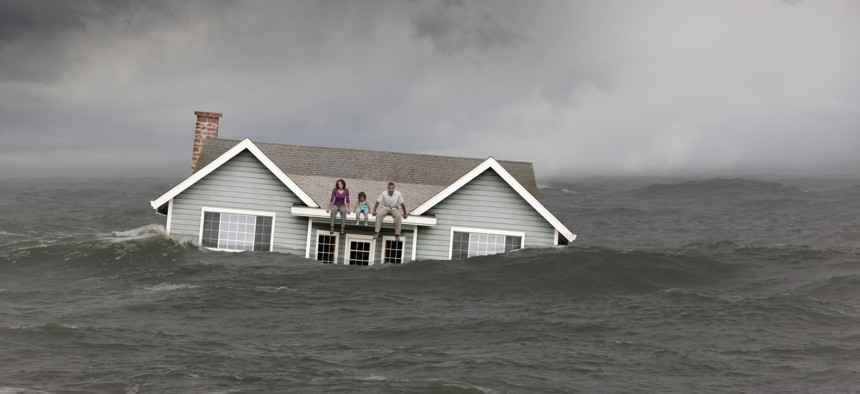NOAA mapping tool projects county-level climate risks

GettyImages/ John M Lund Photography Inc.
Understanding a particular area’s vulnerability to events like wildfires, floods, drought and heat waves, tornado outbreaks and hurricanes can have massive benefits to emergency planner.
A new mapping tool developed by the National Oceanic and Atmospheric Administration’s National Centers for Environmental Information (NCEI) will be able to provide state and local agencies with county-level information on natural disaster hazards across the U.S.
This tool, developed by NCEI but informed by NOAA, the Federal Emergency Management Agency and other academic institutions’ data, will help state and local government officials understand any location’s susceptibility to catastrophic climate disasters.
Understanding a particular area’s vulnerability to events like wildfires, floods, drought and heat waves, tornado outbreaks and hurricanes can have massive benefits. The U.S. has already been hit by 18 separate billion-dollar disasters, directly leading to a total loss of $104.8 billion.
“The increasing number and cost of billion-dollar disasters can be linked to a combination of factors, including increased exposure, social vulnerability and climate change,” NOAA NCEI Climatic Analysis and Synthesis Branch Chief Russell Vose said. “This new tool will support informed decision-making for saving lives and protecting property across the United States.”
NOAA states that the interactive map can show 127 different combinations of U.S. county hazard maps based on the type of disaster; buttons at the top of the map allow users to choose between drought, flooding, freeze, severe storms, tropical cyclones, wildfires and winter storms. In addition to viewing one hazard map, users can select multiple disasters to reflect the areas in the U.S. most susceptible to a combination of events.
For example, choosing drought, flooding and wildfire shows the southwestern United States is one of the highest risk areas for these combined hazards. Selecting only severe storm risk will highlight the central and eastern parts of the country and so on. Moreover, the map provides a slider tool that allows users to compare and transition between two different hazard maps.
As shown in this NOAA video, the slider can be used to see which counties should consider socioeconomic vulnerabilities when preparing for, responding to and recovering from certain hazards. Finally, the county-mapping capabilities simulate future risk projections for different socioeconomic variables.
“Understanding hazard risk and social vulnerability at the county level are increasingly important to mitigating weather and climate hazards,” NOAA NCEI’s Billion-Dollar Disaster Program Lead Adam Smith said. “This new mapping tool can be a source for homeowners, community planners, emergency managers and other decision makers to help prepare for and mitigate natural disasters in their community.”





